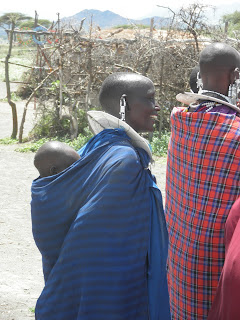The exhibition
Ranulph Glanville
Architecture | Art | Cybernetics | Design. London and the 1960-ies
is open until June 13th 2016. You may visit the exhibition at Echoraum, Sechshauserstraße 66, 1150 Wien from 18:00-20:00 on weekdays and from 15:00-18:00 on weekends.
There is a rich program accompanying the exhibition. Next events are:
31.5.2016
18:00 Ranulph Glanville : lecture on electronics,
architecture and epistemology. Magnetic tape, ca. 1970 | ca. 90’
1.6.2016
18:00 Ranulph Glanville : Experimental and electronic
music from the 1060ies and 1970ies, Comment : Albert Müller
2.6.2016
18:00 Iannis Xenakis : Lecture on architecture and music,
delivered at the Architectural Association (AA), mid 1960ies, magnetic
tape | ca. 120’
6.6.2016 18:00 Ranulph Glanville : Tutorium on the Theory of Objects. Bolton University, 2013 | video
7.6.2016 18:00 Ranulph Glanville – his last lecture, Oslo. video, 2014
8.6.2016
20:00 dieb13 : Glanville revisited. Electronic music by
Ranulph Glanville remixed and performed on turntable | Concert
13.6.2016 20:00 Finissage:
Stephen Gage The Sixties and the Seventies (and Ranulph)
Lecture in english language
Dirk Baecker Komposition im medialen Raum
Lecture in german language
Compositions by Ranulph Glanville from the 1960ies:
Bernhard Höchtel - piano
Robert Pockfuß - E-guitar
Jakob Gnigler – tenor saxophon
Incomplexitudes Beatrix - Piano Solo
Title (La cathédrale des escargots) - for any Instruments and Players
Writ in Squares - for 1 Glass & 1 Cardboard Sheet & 2 Contact Mikes (2 Players)
Guided tours may be arranged by calling + 43 1 8120209-30 or by mailing echo@echoraum.at













